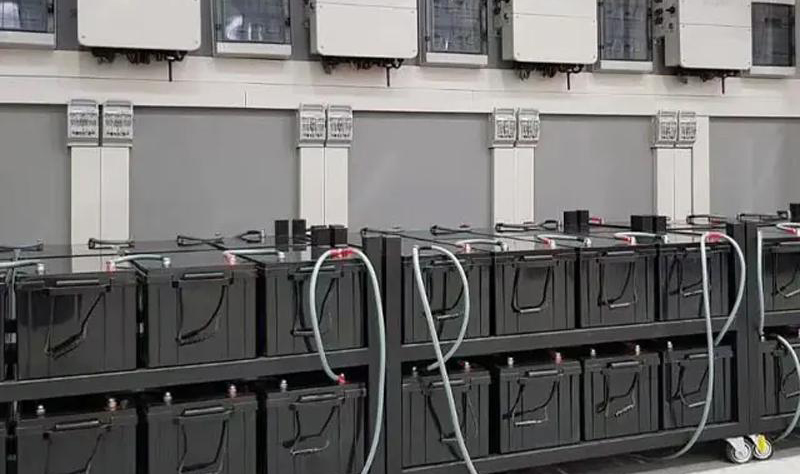The performance of lead-acid batteries is also significantly influenced by the discharge current. Here are the key effects.
- Capacity Reduction:
- High Discharge Current: When a lead-acid battery is discharged at a high current, its capacity is effectively reduced. This phenomenon is described by Peukert’s Law, which states that the battery’s capacity decreases as the discharge rate increases. For example, a battery might have a capacity of 100 Ah when discharged over 20 hours (5 A), but only 70 Ah when discharged over 1 hour (100 A).
- Low Discharge Current: Conversely, lower discharge currents allow the battery to deliver closer to its rated capacity. The slower discharge rate reduces internal losses and allows the chemical reactions to proceed more efficiently.
- Voltage Sag:
- Immediate Effect: High discharge currents cause a noticeable voltage drop (voltage sag) due to the increased internal resistance of the battery. This can affect the performance of devices or systems relying on the battery, potentially causing them to shut down or operate inefficiently if the voltage drops below critical thresholds.
- Sustained Discharge: Sustained high current discharge can exacerbate this effect, leading to a more pronounced and prolonged voltage sag.
- Heat Generation:
- Increased Heat: High discharge currents generate more heat within the battery due to increased internal resistance and higher energy throughput. This can lead to thermal issues, accelerating the degradation of the battery and potentially causing safety concerns.
- Thermal Management: Effective thermal management is essential when operating lead-acid batteries at high discharge currents to prevent overheating and ensure safe operation.
- Sulfation:
- High Current: Rapid discharge can lead to the formation of lead sulfate crystals on the battery plates, a process known as sulfation. While some sulfation is reversible, extensive or prolonged sulfation can reduce the battery’s capacity and lifespan.
- Proper Maintenance: Regularly ensuring the battery is not subjected to high discharge currents frequently and maintaining proper charging routines can help mitigate sulfation.
- Efficiency:
- Energy Losses: High discharge currents increase the rate of energy losses within the battery due to resistive heating and other inefficiencies. This reduces the overall energy efficiency of the battery.
- Optimal Current: Operating the battery within its recommended discharge current range maximizes its efficiency and helps maintain its rated capacity.


